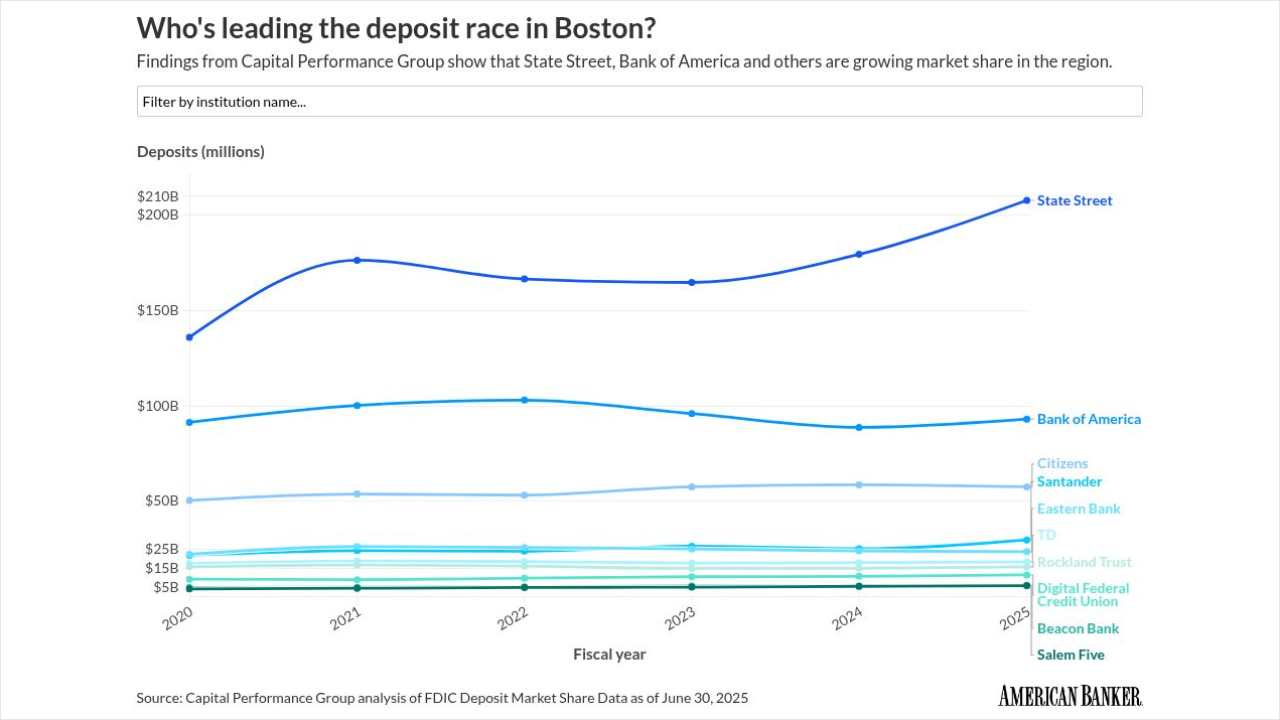Within the product development labs of an institution like Key Bank, much of the work is half-baked. And that’s the point.
Banks and financial services companies like Key are deploying new products and services quicker, cheaper and generally more reliably through a process by which new services and applications are built, produced and updated in piece-meal fashion, rather through a single enterprise release.
Building apps under the aegis of “agile application development,” teams are creating and deploying new products and services that, if need be, can hit the streets without waiting for the final iteration of a comprehensive “2.0” gold-plated solutions suite. Need a platform expansion for a new market niche, or a new function on the Web page? Agile application development—either internally or outsourced—is becoming the must-have IT process to deliver new software functionality as demanded by business needs, and as quickly as every one to four weeks.
“Agile helps you build incrementally,” says Forrester Research senior analyst Carey Schwaber. “You can’t wait a year to make a change to a service.”
These quick-turn jobs are not shortcuts, but the product of cross-team coding, programming and testing environments that create a real-time “wiki”-like process for financial IT departments stressed to produce faster and more efficiently. It’s tailor-made for short-shelf business-line demands or for internal systems changes.
While not entirely new to banking CIOs, agile application development has, to use Schwaber’s word, “exploded.” Business strategy is playing a bigger role in earlier-stage development of products and services, and these players demand a say in how a product is shaped and is coming along—even if they don’t know COBOL from cobalt. Each layer of a new platform has to be vetted not only for its coding efficacy but its potential impact on business-line efficiency.
In a cross-industry study from 2006, Forrester found one-sixth of all companies are using agile processes in IT software development. Another 21 percent were either piloting or seriously considering adopting agile frameworks in their organizations sometime in 2007—and 31 percent showed some interest in exploring it further (no figures were broken down by industry).
Agile processes — which are actually an offshoot of “eXtreme Programming” (XP), “Scrum” and other popular open-team development models—can be driven by, or themselves require, the enterprise adoption of service-oriented architecture. Agile needs are also being driven heavily by market conditions. For example, an unnamed global brokerage client of business process outsourcing company Exigen Corp. was forced by last fall’s credit crunch to shift downstream from large-scale deals to smaller mid-cap activity.
The firm’s platform wasn’t built for the expected 600 percent increase in daily volume load, so failure was definitely a possibility. The cost and time needed to swap out a new core platform weren’t — thousands of jobs were in the balance, says Exigen svp Doug Mow. Only through agile processing development did the firm and Exigen work out how to de-couple and tweak the settlement piece alone. “We’re seeing global trends putting tremendous pressure on organizations,” says Mow.
Key Bank did not provide an executive for comment, but the Cleveland bank has notably used its enterprise architecture division to route specific technology needs in building quick-turn projects for its “360 View” customer data system needs and Patriot Act compliance. Capital One, the Federal Reserve and Fidelity Investments are known agile champions.
So how exactly does an agile team structure differ from the old “waterfall” process? Through agile, the process requires continuous feedback and teams see how software is shaping up before it’s shipped out.
“You see the light at the end of the tunnel,” says Rene Hautl, CTO of Sapient, which handles agile development projects for firms such as UBS, Merrill Lynch, Credit Suisse, Citibank and JPMorgan Chase. “Agile lends itself to that [visibility] very well and moves projects through smaller phases and iterations.”
And that breaks companies from the big-splash release cycle — think a Windows launch by Microsoft — that can thwart market timing if demand precedes the full-bore solution arrival, says Exigen vp and agile practice leader David Web. “We’re seeing a trend of decoupling from that enterprise release cycle,” Web says. “Rather than make it part of this corporate release, does it really need to be in this tier-one release cycle? For example, can we take some of the corporate actions business and some of the notifications around that and separate it?”
Agile also means reconfiguring IT roles, says Schwaber. “Agile teams are cross-functional teams…and that means you may have to reorganize them.” That may even include the exclusion of the usual architect, programmer and tester job titles in product lifecycle development.
But in Schwaber’s view, agile processes win over development teams as they master such open-development techniques like test-driven development. Software works better at both the system-level and the code-level, she says, and teams can focus on business needs instead of documentation requirements. Agile “helps customers right-size their projects.”





